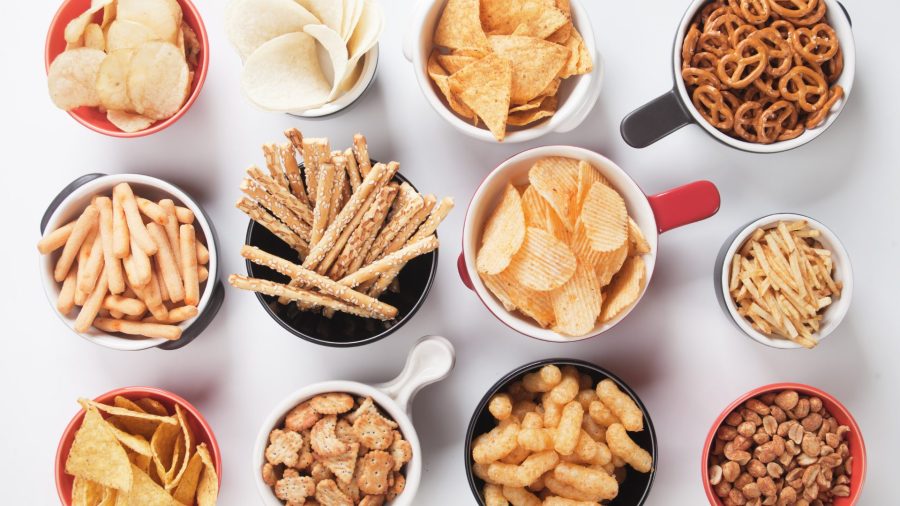The definition of what a snack can be is broadening, and so is the role snacks play in consumers’ lives, according to Mondelēz International’s State of Snacking 2021 study.
Seventy-nine percent of global consumers say their definition of what a snack is has evolved over the last three years to include more or different types of foods, occasions for eating, or other elements.
Overall, consumers are becoming more intentional about their purchase decisions and aligning their snacking preferences, behaviors and purchasing decisions with their values, according to Mondelēz CEO and Chairman Dirk Van de Put.
Here’s a breakdown of the biggest findings from the report:
SUSTAINABLE SNACKING
Consumers have become more intentional about their purchase decisions, and this includes what snacks they’re buying.
- 80% of global consumers surveyed by Mondelēz said they’ve become more in touch with their values in the last year
- 80% have also become more conscious of what they’re buying and why.
- Reducing waste is top of mind with 78% of consumers saying the number one environmental impact on their food choices is availability of low-waste packaging.
Snackers are also becoming more aware of the way their food production impacts the world at large.
- Google Trends analysis reveals a rising interest in composting chain efficiencies (75%) as well as fair labor practices (75%)
- Majorities say they either buy or would like to buy snacks from companies that are working to offset their environmental impact (85%) and that are produced in a way that is fair and lawful to workers (87%)
PERMISSIBLE INDULGENCE
Well-being is top of mind for consumers. Across markets, snacking is a key booster to nourishment, as consumers say they’re looking for snacks to improve physical (80%), mental (75%), and emotional (80%) health.
- 85% of global consumers eat at least one snack for sustenance and one snack for indulgence each day
- Over 76% of global consumers attest that they look for different snacks when they’re seeking physical nourishment than when they’re seeking emotional nourishment
- Majorities of those surveyed note the benefits of both functional and indulgent foods, stating, “it’s important that my diet includes foods that are for nutrition (88%), as well as for satisfaction (81%)
CONTEXTUAL COMMERCE
Consumers’ omnichannel expectations are growing as they look for seamless integration of purchase options and inspiration in their everyday lives.
“To them it’s all just one thing. They slip seamlessly between online and offline” said Nick Graham, Global Head of Insights & Analytics for Mondelēz.
Social media plays a large part in discovery with food trends taking over apps such as TikTok and Instagram.
- 80% expect to be able to buy the snacks they want whenever they want
- More than half report shopping more using at least three emerging channels – such as delivery apps and DTC websites – more in the last year
- 55% say social media has inspired them to try a new snack in the past year (up 5% from 2019)
- 82% of Gen Zers enjoy food content on social media
“TikTok and Instagram showcase food in a very appealing way,” Liz Slesinski, partner manager at YouNow, told The Food Institute.
Meanwhile, Master Chef contestant Adriana Guillen noted “I believe food trends are so popular on social media because we eat with all our senses. … A picture or video of food can conjure up so many emotions.”












